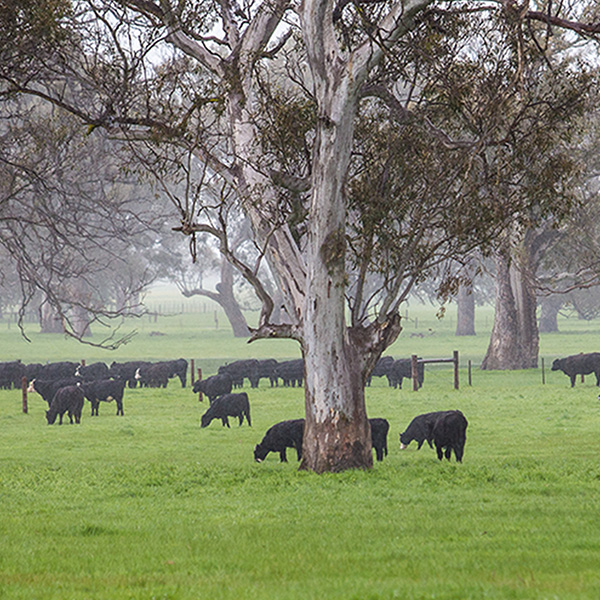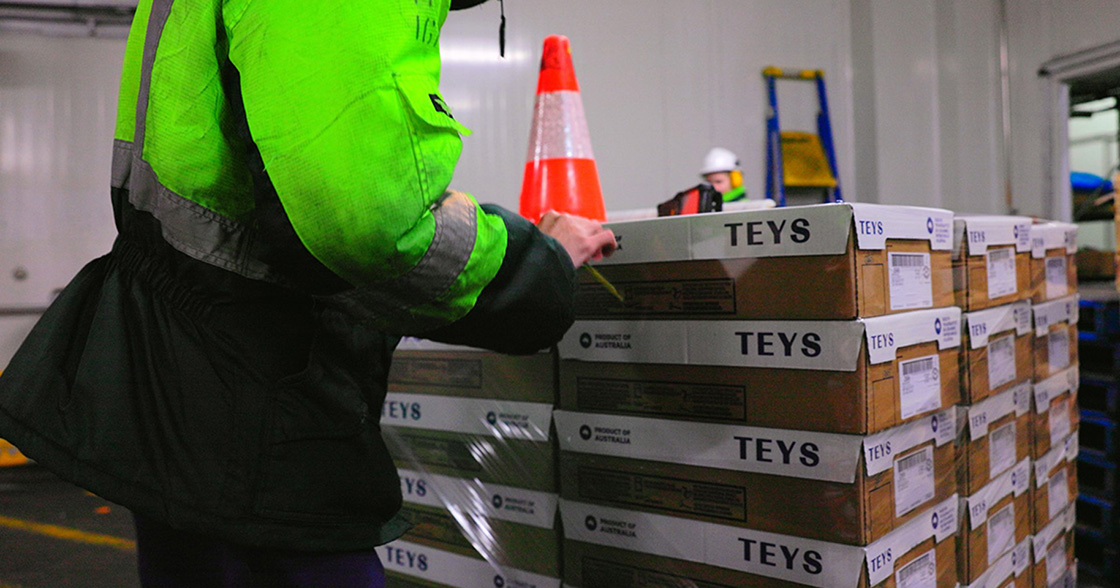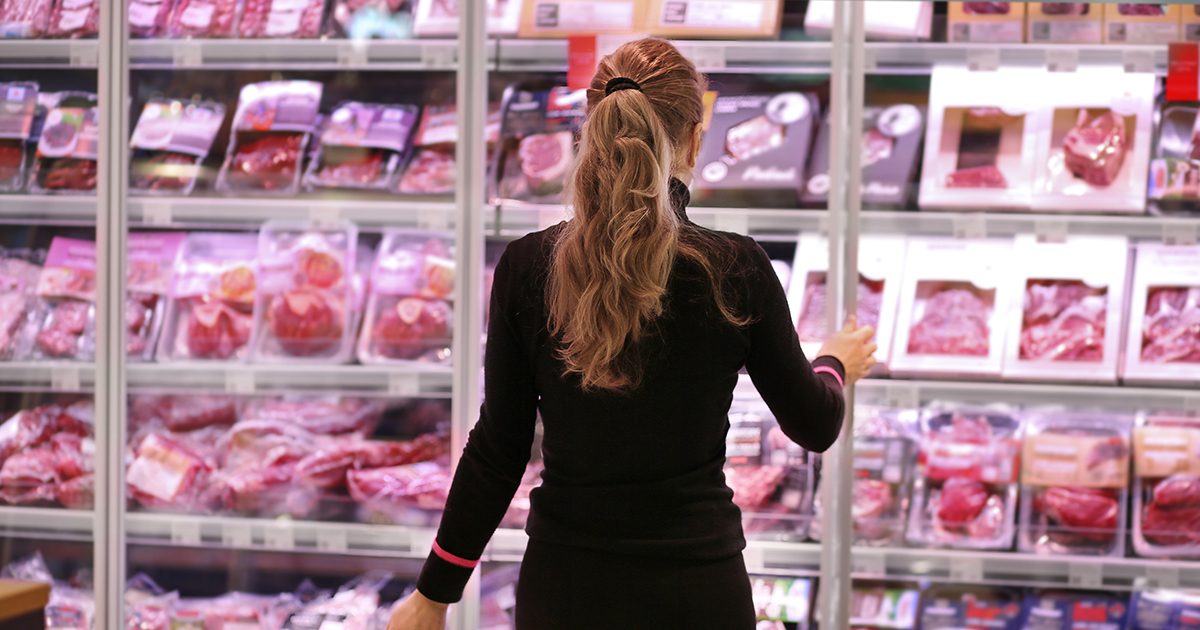
Written by Stacy Elmore, SVP Business Development, Teys USA
Recently, Beef Central reported that U.S. beef customers are realizing there’s no “quick fix” to the chronic supply shortage. With the herd at its lowest since 1961, Mexican feeder imports disrupted, and steep tariffs limiting Brazilian beef, the pressure on supply is clear.
That article underscored what I’ve been seeing with customers: imports are no longer a fallback. They’ve become a core part of the protein supply toolkit — for retailers, foodservice operators, and manufacturers alike.
________________________________________
1. Domestic Supply Pressures Will Persist Through 2026
The U.S. cattle herd is sitting at multi-decade lows, and the pressure on supply, pricing, and forward availability isn’t easing anytime soon. As Beef Central noted, the herd is now at its lowest level since 1961, compounded by the closure of Mexican feeder cattle imports and steep tariffs on Brazilian beef. In other words, there’s no quick fix coming.
That’s why imports are no longer just a release valve — they’re part of how buyers build resilience into their supply plans. I often explain it this way: we’re not here to overtake domestic relationships; we’re here to complement them and help customers stay competitive when opportunities arise.
________________________________________
2. Meat Retains Consumer Relevance — Despite Inflation
Even as inflation changes how people shop, fresh meat continues to be a priority. Programs that highlight clean-label, value-forward, or origin-specific attributes are resonating. Imports deliver these qualities at scale, which makes them a powerful tool for retailers and operators.
One of the biggest misconceptions I still hear is about grass-fed beef: “I tried it 10 years ago and didn’t like it.” The reality is, grass-fed programs have come a long way. In tastings, people are often surprised that what they’re eating is grass-fed at all — today’s programs have advanced significantly, offering a more consistent and enjoyable eating experience.
________________________________________
3. Retailers Are Streamlining — and Imports Fit the Model
As retailers rationalize SKUs and focus on consistency, imports fit naturally into that strategy. Programs backed by science-based grading systems and verified claims (grass-fed, no added hormones, traceability) give retailers the confidence to simplify their assortment while still meeting customer demand.
Systems like Australia’s MSA grading go beyond marbling alone — accounting for multiple attributes like breed content, ossification, and weight — to deliver a consistent, science-based eating experience. That’s the kind of assurance a modern meat case depends on.
________________________________________
4. Trade Policy Creates a Layer of Uncertainty
Tariffs and shifting agreements continue to reshape the global landscape. The Beef Central article highlighted that a combined 76% retaliatory tariff on Brazilian beef — layered on top of ongoing concerns around disease and feeder imports — is narrowing the viable channels for imports even as demand intensifies.
That’s why imports provide buyers with critical options, helping them diversify risk and plan with greater continuity. For customers, that flexibility is less about reacting to problems and more about building confidence that their programs can weather change.
________________________________________
5. Foodservice Is Adapting with Strategic Cuts and Portioning
Operators are rethinking menus as costs rise and traffic patterns shift. Portion-controlled, leaner, and alternative cuts are in demand — and imports are well-positioned to supply them with consistency. For many operators, imports are now a planned part of the menu mix, not an afterthought.
________________________________________
6. Manufacturers Are Prioritizing Trim Consistency
Trim remains one of the most volatile parts of the supply chain, and large processors can’t afford variability. Imports provide documented lean points and reliable logistics that reduce reformulation risk and keep plants running smoothly. Trim is a highly traded, liquid commodity — and it often comes down to who has it.
Even items that usually stay steady are now trading at unexpected premiums, showing just how tight the supply picture really is. That’s why imports are increasingly a stable, year-round tool — not just in moments of shortage, but as a deliberate part of planning.
________________________________________
7. Consumer Sentiment Is Stabilizing — but Still Cautious
Consumers are cautious but still prioritizing protein. Imports allow suppliers to meet that demand with programs that combine transparency, credible claims, and dependable value. That balance of quality and affordability builds trust — and keeps beef relevant even in a stretched household budget.
________________________________________
Conclusion
Imports have moved from the margins to the middle of the playbook. They’re no longer a “just in case” option, but a central part of how businesses are planning for the future.
The real conversation is shifting from “Can I get product?” to “Can I get predictability, traceability, and claims I can stand behind?” Imports make it possible to answer yes to all three. By treating imports as a strategic tool alongside domestic supply, businesses can deliver resilience, value, and confidence in 2025 and beyond.
Imports are now a core part of the protein supply chain. The question is: how are you leveraging them in your business today?
Thanks to [BeefCentral] and #JonCondon for sparking this important conversation.
#BeefIndustry #ImportedBeef #ProteinSupply






 Return to News
Return to News










